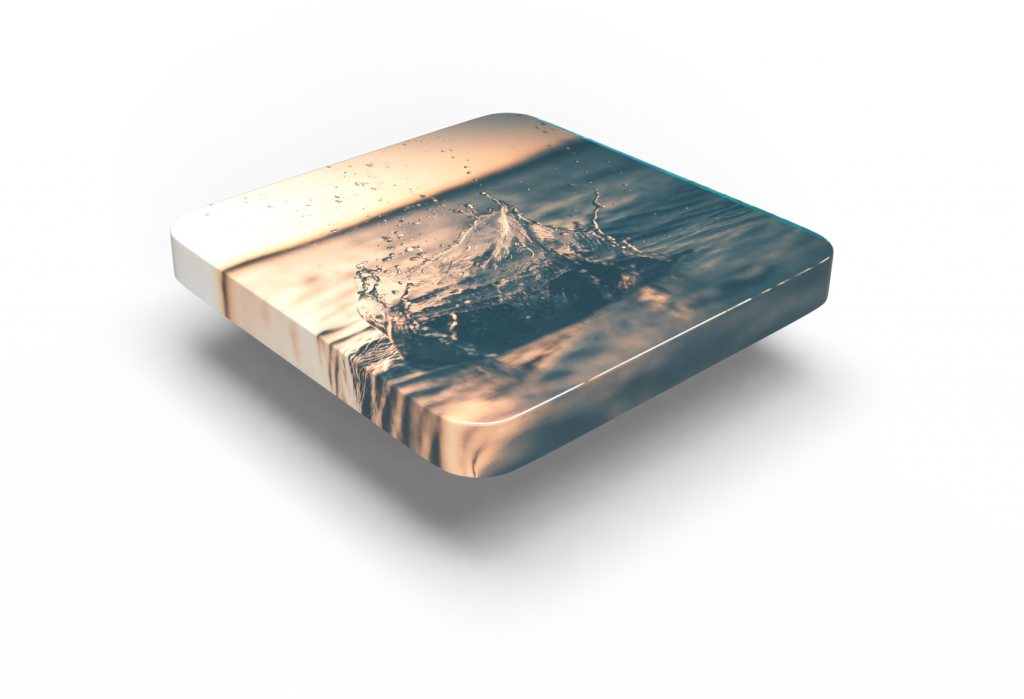
Getting clean, fresh water to a huge city like New York is a complicated process. When we talk about New York City’s water, we’re talking about several different systems to keep the fresh water flowing in and the waste water flowing out.
NYC consumes huge amounts of water every day, and is dependent on natural processes to provide clean drinking water to its residents.
This video discusses how water comes from reservoirs north of the city, is used by NYC, and then is put back into the environment. How do scientists and regulatory bodies study all of this water?
Find the video below, as well as some of the important science senses it features relating to using orders of magnitude, using mathematical models, and using multiple lines of evidence to support conclusions.
Have thoughts about the video? What resources or activities have you used to teach this topic in your class? We’d love to know – share your voice by sending us a message below 🙂

Using different orders of magnitude

Repeating measurements
Using proxies

Using mathematical models
Using multiple lines of evidence to support conclusions
Applying scientific knowledge
Water field trips – if possible, schedule a trip to a local reservoir, aqueduct, or water treatment plant. If you’re in NYC, the Department of Environmental Protection (DEP) offers tours of the Newtown Creek Wastewater Treatment Plant and some other facilities. Check here for more information.
Statistical analysis – many municipal regulatory bodies provide the data that they collect about local waters. The New York DEP provides harbor water quality raw data that you can have students download (click here).
Order of magnitude estimates – have students estimate their own personal water consumption and then the water consumption of the whole class. Have them do this with only drinking water and with water used in making their food (you may need to look up some agricultural figures for this). What assumptions do you have to make? Are your estimates similar? Why / why not?
NYC DEP. 2015. New York City 2015 Drinking Water Supply and Quality Report.
Dorsner. 2015. Chapter 13: Water Availability and Use. Essentials of Environmental Science. (Access the OER here).
Pimentel et al. 1997. Water Resources: agriculture, the environment, and society. BioScience. 47(2):97-106.
Have an idea for how to use this video in class? Want to give us feedback? Let us know!

